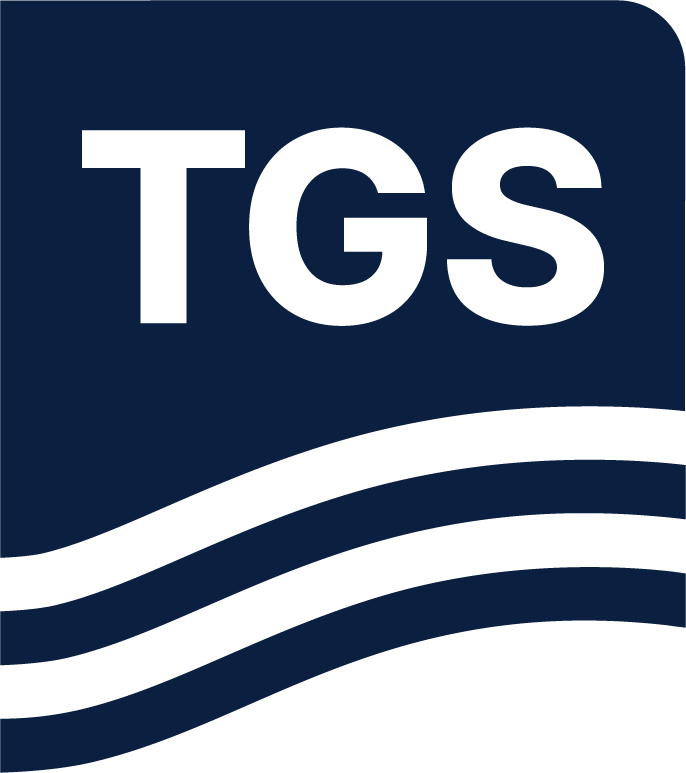It is well understood that accurate salt interpretation is critical to subsalt imaging. When reflections from the saltsediment boundaries are not discernible, it takes many iterations to test various...
Technical Library
Seismic Data, Processing, Technology, Well Data Reports and Industry and Trade Publication Features, from the Experts at TGS
Sort by Date
- October 2025 (21)
- September 2025 (10)
- August 2025 (35)
- June 2025 (33)
- May 2025 (1)
- February 2025 (1)
- November 2024 (5)
- October 2024 (2)
- September 2024 (7)
- August 2024 (15)
- June 2024 (13)
- May 2024 (21)
- April 2024 (1)
- March 2024 (4)
- February 2024 (1)
- December 2023 (1)
- November 2023 (2)
- October 2023 (1)
- September 2023 (1)
- August 2023 (20)
- July 2023 (2)
- June 2023 (5)
- May 2023 (12)
- April 2023 (1)
- March 2023 (2)
- February 2023 (1)
- January 2023 (1)
- December 2022 (3)
- November 2022 (1)
- October 2022 (12)
- September 2022 (4)
- August 2022 (12)
- July 2022 (2)
- June 2022 (4)
- May 2022 (15)
- April 2022 (1)
- December 2021 (1)
- November 2021 (4)
- October 2021 (1)
- September 2021 (12)
- August 2021 (10)
- July 2021 (1)
- June 2021 (4)
- May 2021 (4)
- February 2021 (3)
- December 2020 (2)
- November 2020 (28)
- October 2020 (2)
- September 2020 (13)
- August 2020 (3)
- July 2020 (2)
- June 2020 (3)
- May 2020 (2)
- April 2020 (1)
- March 2020 (3)
- February 2020 (3)
- January 2020 (2)
- December 2019 (3)
- November 2019 (2)
- October 2019 (3)
- September 2019 (46)
- August 2019 (4)
- July 2019 (1)
- June 2019 (32)
- May 2019 (5)
- April 2019 (14)
- March 2019 (3)
- February 2019 (4)
- December 2018 (5)
- November 2018 (3)
- October 2018 (16)
- September 2018 (1)
- August 2018 (11)
- July 2018 (4)
- June 2018 (17)
- May 2018 (4)
- April 2018 (1)
- February 2018 (1)
- January 2018 (1)
- December 2017 (1)
- October 2017 (3)
- September 2017 (25)
- August 2017 (17)
- July 2017 (4)
- June 2017 (31)
- May 2017 (6)
- April 2017 (1)
- March 2017 (2)
- February 2017 (2)
- January 2017 (2)
- December 2016 (3)
- November 2016 (1)
- October 2016 (1)
- September 2016 (24)
- August 2016 (2)
- June 2016 (3)
- May 2016 (18)
- March 2016 (2)
- February 2016 (1)
Sort by Topic
- SEG (307)
- EAGE (220)
- First Break (104)
- IMAGE (71)
- Industry Insights (40)
- GeoExpro (36)
- The Leading Edge (35)
- SBGF (25)
- GEO ExPro (21)
- Geophysics (19)
- AAPG (12)
- GEO Magazine (11)
- E&P (9)
- TechNote (8)
- Hart Energy (7)
- PESGB (6)
- Oilfield Technology (5)
- URTeC (5)
- MEOS GEO (4)
- Offshore Engineer (4)
- PETEX (4)
- AAPG Explorer (3)
- Geological Society of London Special Publications (3)
- Geophysical Prospecting (3)
- Interpretation (3)
- Offshore (3)
- PESA News (3)
- AEGC (2)
- APGCE (2)
- E&P (2)
- Geophysical Society of Houston (2)
- IPA (2)
- PESGB/HGS (2)
- Recorder (2)
- World Oil Magazine (2)
- AAPEA Journal (1)
- ADIPEC (1)
- AI/ML (1)
- AOGR (1)
- ASEG (1)
- GeoNova Deepsea Minerals Conference (1)
- Geoconvention (1)
- Geohorizons (1)
- IPTC (1)
- OTC (1)
- Patent (1)
- SPG (1)
- Seismic Profile (1)
Immediately offshore of the Mississippi Delta the geological setting conspires with numerous production installations to produce a unique set of problems that a seismic survey must overcome if it is...
Seismic anisotropy refers to seismic waves traveling with different velocity at different propagation angle, usually in consolidated, shale-prone areas such as in Gulf of Mexico and West Africa....
Despite the development of excellent techniques for predicting multiples such as convolution based or wavefield extrapolation based approaches, subtracting multiples in the data using the predicted...
Salt model building is a key process for successful subsalt imaging. In complex areas, Reverse Time Migration (RTM) provides better images than One-way Wave Equation Migration (OWEM) or Kirchhoff...
Wavefield extrapolation (WFE) multiple prediction typically operates in common shot domain, and is very effective to predict complex multiples such as diffracted multiples; however, it is a...
Reverse-time migration (RTM) provides superior images in areas where there are steep salt flanks or other complex geologic structures. However, the high cost of running RTM with regard to memory...
We present a case study of anisotropic model building and the resulting accuracy of event placement and improved image quality. Approximately 660 OCS blocks of the MC Revival survey located in...
Subsalt wave-equation based migration (WEM) scan is an effective way for subsalt velocity updating, and has become an industry standard practice; however, the cost of generating migration scan is...

